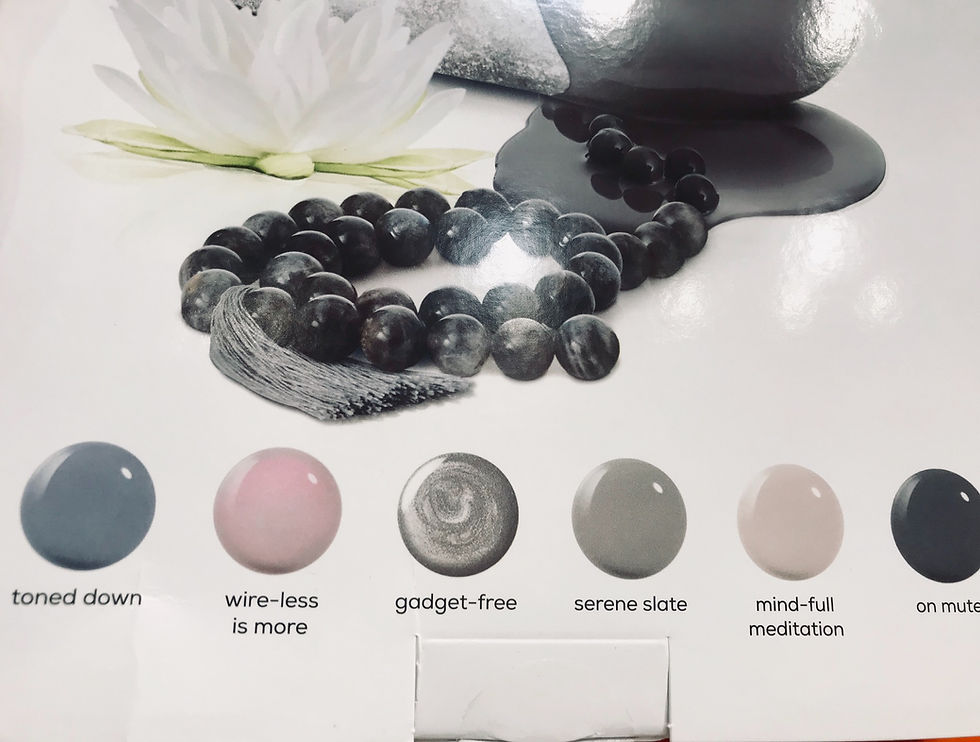Core Power of Curd
- Suman MA
- Apr 2, 2023
- 3 min read

Whenever I come across an article on Indian foods on BBC.com, I savor it. I could have written that one, I said, without thinking, on reading about idli. Those articles resonate deeply. On jogging my memory, I did not remember reading anything about Indian curd/yogurt there. After a quick search resulted in no yield, it was high time I paid my respects to the curd gods.
During a recent visit, my doctor suggested I should include fermented foods like yogurt in my diet to derive health benefits from good bacteria. She was about to throw in more options, but stopped when I jumped in and said I do eat yogurt every day. That was enough. Before there were probiotics on any radar, there was curd. For many Indians, especially those from the southern states, no meal is complete without the last bite of curd rice. You could have eaten a heavy meal, but there is always room for a bit of curd rice. Curd marked the end point of a meal on a delicious note. Anyone serving food understands that you are done with your meal if you were onto consuming curd. Then those gut bacteria would get to work.
I dream of the thick curd that my grandma used to make in clay pots. I miss that curd, that cream on top, that mouthwatering taste. If handling them were not a hassle, I could be setting clay pot curd everyday. There is one brand of yogurt in stores here in the US, which came pretty close to the taste but still not quite there. After all, it was being sold in a plastic container. A lot of credit goes to yogurt and its versions like lassi and raita for making the harsh Indian summers refreshingly tolerable. No soft or fancy drink can ever beat nutritious, healthful drinkable yogurt during the summer seasons there or anywhere.
If there is a variety of rice that can beat biryani—ok ok well, almost!—then it has to be curd rice. No, it doesn’t mean you just add curd to rice and call it curd rice. There is a method to make it. Someone once said “It’s yucky how you squish and mash the rice with your palm to make it soft before adding curd!” That was such a disrespectful thing to say to people who are born to savor curd rice. It’s the mashing, the mixing, the seasoning, the whole procedure that adds flavor to the simple curd rice.
One other version I cherish is popularly made in Telangana during festivals, where dry ginger and a hint of turmeric are the secret ingredients in addition to the seasoning with ghee, mustard, lentils, peppercorns, asafoetida, and curry leaves. It’s called Daddojanam, a mouthful name, quite fittingly so.
Before going on a recent month-long vacation, I had to make sure I did not come back to a no-curd-starter home. I froze some. Yes, it is that important. But the California weather played spoilsport and my curd starter got corrupted. I was making do with it until I came across tastier curd at a dinner party. I did not hesitate even a bit in asking for some curd to go. I was set on setting it right.
No wonder that curd is one of the five sacred ingredients of holy Panchamrut, used in Hindu religious rituals. A few of my dear ones will not approve of me waxing eloquent about curd. They can’t stand curd or even any of its umpteen western versions. Every lovely person or everything great has haters; curd is no exception. However, it truly is their loss. Love it or hate it, you simply cannot ignore the core power of curd. Of course, yogurt and yoga occupy the same place in the pantheon of divine offerings for scores of people.


Comments